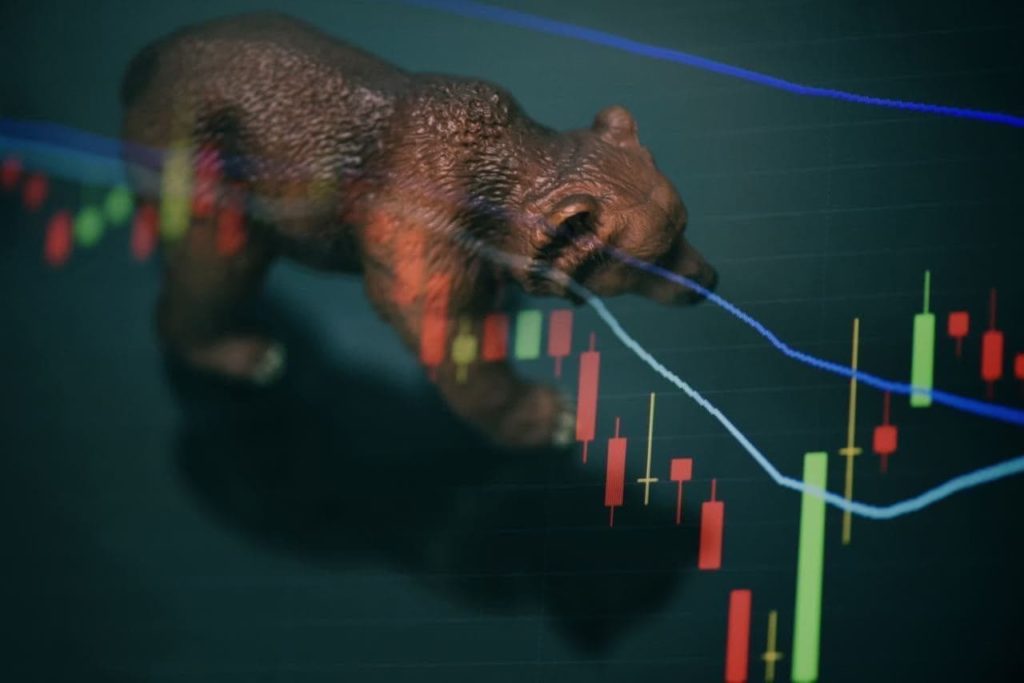The cryptocurrency market pivoted in the final days of this week from a short 1-month bull market. In a scenario where bearish indicators dominate the charts of most cryptocurrencies, some traders might see this as an opportunity for cheaper entry points.
However, not all “dips” are meant to be “bought.” Finbold looked into technical analysis indicators, fundamental aspects, and news and events for projects going under a weak momentum.
In particular, investors should avoid trading the following three cryptocurrencies next week due to uncertainty about their short-term future.
ApeCoin (APE)
ApeCoin (APE) is trading at $1.32 by press time and shows one of the weakest Relative Strength Index (RSI) values among the top 100 cryptocurrencies. APE lost 11% of its value in the last seven days as the NFT market faces challenges to recover.

The popularity of Bitcoin (BTC) ordinals is absorbing a significant amount of capital from other NFT ecosystems that are essential for Ape’s value proposition.
Additionally, APE has again unlocked a massive amount of tokens, accruing approximately 5% of its market capitalization. This most recent unlock creates extra selling pressure that is already being priced in by the market.
Tether USD (USDT)
Notably, Tether USD (USDT) market capitalization continues to rise despite everything else losing demand in the short term. In a majorly negative week, USDT added more than $1 billion to its market cap.
Essentially, this means that the Tether USD supply is increasing, considering it is a stablecoin whose price will be equal to $1 as long as the token remains healthy. By the company’s public rules, the supply should only increase when facing increased demand for USDT.

Nevertheless, BlackRock disclosed exposure risk on USDT and listed events where Tether’s reserves were put into doubt.
“On February 17, 2021, the New York Attorney General entered into an agreement with Tether’s operators, requiring them to cease any further trading activity with New York persons and pay $18.5 million in penalties for false and misleading statements made regarding the assets backing Tether. On October 15, 2021, the CFTC announced a settlement with Tether’s operators in which they agreed to pay $42.5 million in fines to settle charges that, among others, Tether’s claims that it maintained sufficient U.S. dollar reserves to back every Tether stablecoin in circulation with the “equivalent amount of corresponding fiat currency” held by Tether were untrue.”
— BlackRock
Moreover, the Bank of International Settlements (BIS) recently published a study on 68 stablecoins, analyzing their reliability as a means of payment and store of value. Among other things, the BIS concluded that:
“(…) there is currently no guarantee that stablecoin issuers could redeem users’ stablecoins in full and on demand.”
— Bank of International Settlements
Circle USD (USDC)
Meanwhile, Circle USD (USDC) capitalization is moving in the opposite direction as USDT while also being exposed to risks similar to Tether’s stablecoin. In one month, USDC lost a $1 billion market cap, although it recovered from even higher losses in the last few days.

BlackRock also mentioned the USDC depeg event and its dependency on traditional finance.
“While USDC is designed to maintain a stable value at 1 U.S. dollar at all times, on March 10, 2023, the value of USDC fell below $1.00 for multiple days after Circle Internet Financial disclosed that US$3.3 billion of the USDC reserves were held at Silicon Valley Bank, which had entered Federal Deposit Insurance Corporation (“FDIC”) receivership earlier that day. Stablecoins are reliant on the U.S. banking system and U.S. treasuries, and the failure of either to function normally could impede the function of stablecoins, and therefore could adversely affect the value of the Shares.”
— BlackRock
In this context, cryptocurrency investors should avoid trading stablecoins in general. Tethers and Circles were listed because they are the most relevant ones, with the highest market cap and exchanged volume.
All things considered, any of the three mentioned cryptocurrencies to avoid trading next week could present both a good or a bad performance in the following days. The cryptocurrency market is unpredictable, but avoiding trading under too much uncertainty is part of a good risk management strategy.
Disclaimer: The content on this site should not be considered investment advice. Investing is speculative. When investing, your capital is at risk.








